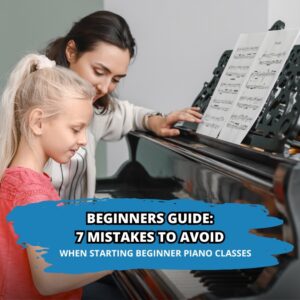The cello is a string instrument with four strings tuned in perfect fifths. The strings are tuned in the following order from lowest to highest: C, G, D, A. The C string is the lowest string and the A string is the highest. The second lowest string is the G string and the second highest string is the D string. The third lowest string is the D string and the third highest string is the G string. The fourth lowest string is the A string.
Is cello easier than violin?
The cello is a little bit easier than the violin because the cello is tuned in intervals of perfect fifths, while the violin is tuned in intervals of perfect fourths. The cello also has a larger body, which makes it easier to hold. Finally, the cello is played by bowing, while the violin is played by either bowing or plucking the strings.
Is It Harder Or Easier To Learn With 4 Strings?
Some people might find it easier to learn on a 4 string bass because there is one less string to worry about. Other people might find it harder because there is less range on a 4 string bass.
Do All Cellos Have 4 Strings Or Can You Have More?
Cello’s typically have 4 strings, but there are variations of the instrument that have 5 or even 6 strings.
Is Cello A Difficult Instrument To Learn?
difficult, cello, instrument
It can be difficult to learn how to play the cello because it is a large instrument. You have to be able to hold it between your legs and bow with one arm while using the other arm to press the strings. Besides the physical obstruction, the cello can be learned when paired with taking cello lessons and plenty of practice.








